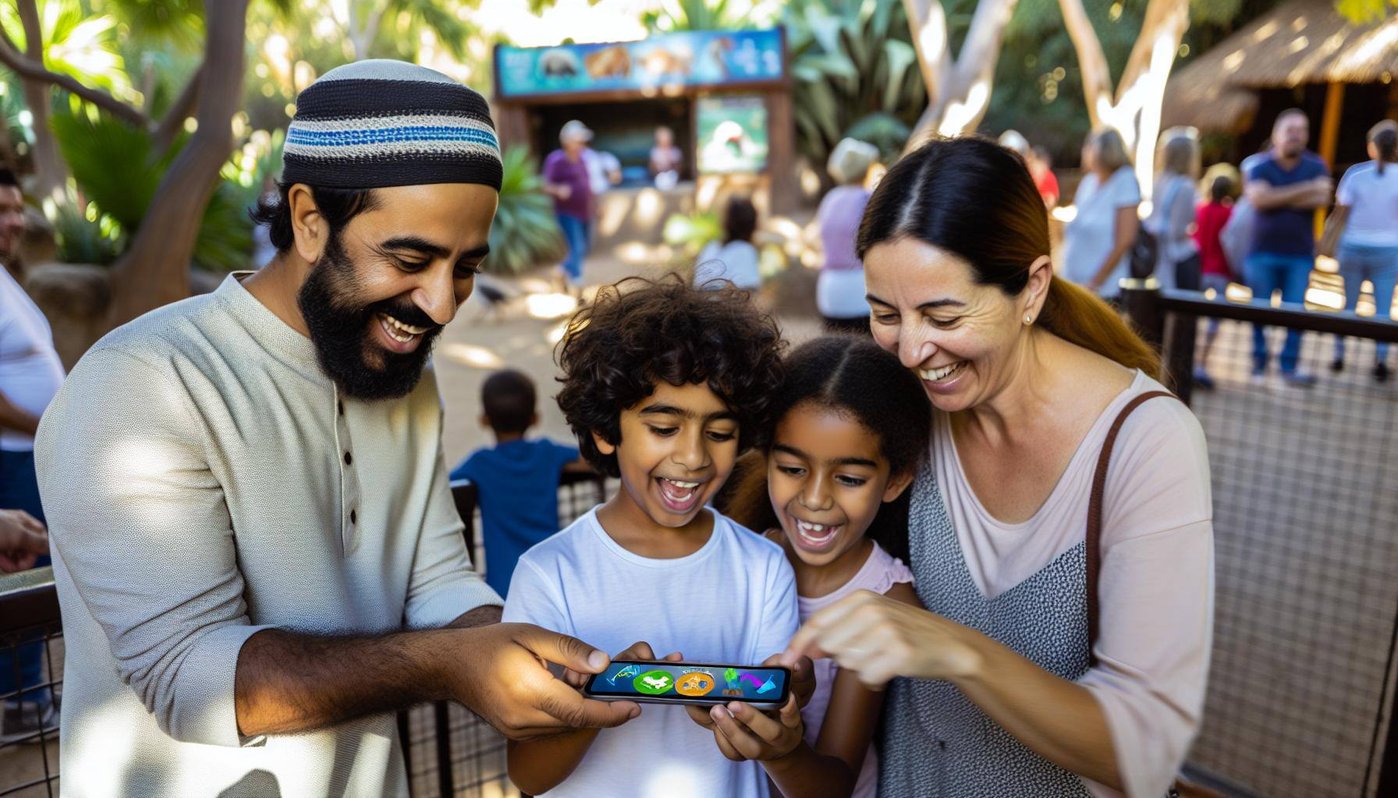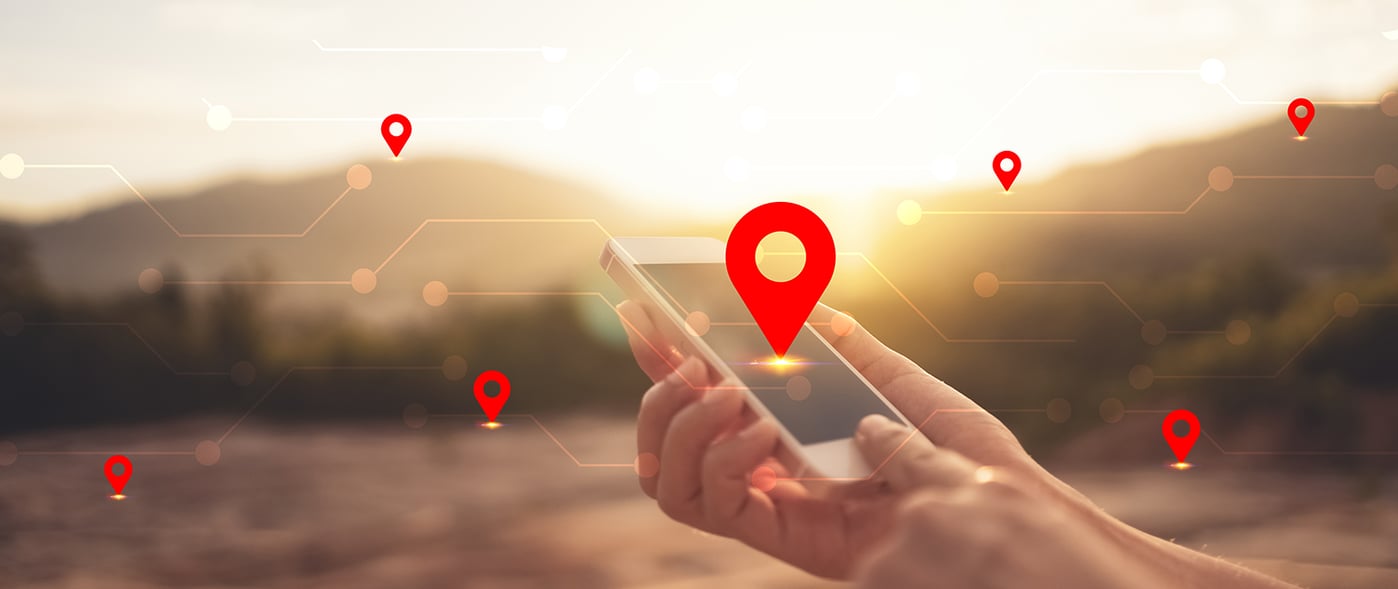Enhancing visitor experiences using Low Energy Bluetooth Beacons.
Discover how low energy Bluetooth beacons are revolutionising visitor experiences at attractions and how they can enhance location-based marketing strategies.
What are low energy Bluetooth beacons and how do they work?
Low energy Bluetooth beacons are small devices that use Bluetooth technology to transmit signals to nearby smartphones or other devices. They work by emitting a low-power signal that can be detected by devices within a certain range. When a device comes within range of a beacon, it can receive the signal and trigger a specific action or display relevant information.
These beacons can be placed strategically throughout visitor attractions to provide location-based information and personalised experiences. They can be used to send notifications, deliver targeted content, and track visitor movements within the attraction.
A study by Accenture found that 75% of consumers are more likely to make a purchase when they receive personalised content and recommendations.
Low energy Bluetooth beacons work by using Bluetooth Low Energy (BLE) technology, which is designed to consume minimal power and have a longer battery life. This makes them an ideal solution for implementing location-based marketing strategies at visitor attractions.
In a study by the Mobile Marketing Association, location based beacon-triggered notifications saw an average open rate of 60%, significantly higher than traditional email marketing.
How do low energy Bluetooth beacons enhance visitor experiences?
Low energy Bluetooth beacons enhance visitor experiences by providing personalised and contextual information. For example, when a visitor enters a specific area of an attraction, they can receive relevant information about that area or exhibit on their smartphone. This can include details about the exhibit, interactive content, or special offers.
Beacons can also be used to send notifications to visitors, such as reminders about upcoming events or promotions. This ensures that visitors are always informed and engaged throughout their visit.
Furthermore, low energy Bluetooth beacons can enable interactive experiences, such as scavenger hunts or augmented reality games. By detecting the visitor's location and triggering specific actions or content, beacons can create immersive and interactive experiences that enhance visitor engagement and enjoyment.
The Royal Ontario Museum reported that beacon-enabled experiences led to a 33% increase in visitor engagement with exhibit content.
The benefits of using low energy Bluetooth beacons at visitor attractions
Using low energy Bluetooth beacons at visitor attractions offers several benefits. Firstly, they enable targeted marketing and personalized experiences. By delivering relevant content and notifications based on the visitor's location, attractions can provide a more tailored and engaging experience.
Secondly, beacons can improve visitor navigation and wayfinding. By providing real-time directions and information, visitors can easily navigate the attraction and discover all it has to offer.
The Metropolitan Museum of Art reported a 45% reduction in visitor inquiries about directions and locations after implementing beacon-based navigation.
Additionally, low energy Bluetooth beacons can collect valuable data about visitor behavior and preferences. This data can be used to analyze visitor patterns, optimize attraction layouts, and make data-driven marketing decisions.
Lastly, using beacons can streamline operations and improve efficiency. For example, attractions can use beacons to monitor visitor flow and adjust staffing levels accordingly. They can also use beacons for contactless ticketing and payments, reducing wait times and enhancing the overall visitor experience.
Case studies: Successful implementation of low energy Bluetooth beacons in location-based marketing
Several attractions have successfully implemented low energy Bluetooth beacons in their location-based marketing strategies. One notable example is the Guggenheim Museum in New York. They used beacons to deliver personalized audio guides to visitors as they moved through the museum. This not only enhanced the visitor experience but also increased engagement and dwell time.
The Australian Museum found that 81% of visitors using beacons felt they learned more compared to traditional methods.
Another case study is the London Eye, which implemented beacons to provide real-time information and offers to visitors. By sending targeted notifications, they were able to increase ticket sales and improve visitor satisfaction.
A survey by IBM found that location-based offers delivered through beacons resulted in a 73% increase in purchase intent.
These case studies demonstrate the power of low energy Bluetooth beacons in enhancing visitor experiences and achieving marketing objectives.
Best practices for implementing low energy Bluetooth beacons at visitor attractions
To successfully implement low energy Bluetooth beacons at visitor attractions, it is important to consider a few best practices. Firstly, attractions should carefully plan the beacon placement to ensure optimal coverage and range. This involves identifying key areas where visitors can benefit from location-based information or experiences.
Secondly, attractions should prioritize user privacy and obtain consent before collecting any personal data. Clear communication and transparent privacy policies are essential to build trust with visitors.
Furthermore, attractions should regularly monitor and analyze beacon performance to make data-driven improvements. This involves tracking engagement metrics, analyzing visitor feedback, and adjusting beacon settings as needed.
Lastly, attractions should regularly update and refresh beacon content to keep visitors engaged and ensure relevancy. This can include updating exhibit information, delivering new promotions, or introducing interactive elements.
From driving personalisation and engagement to improving navigation, learning experiences, and marketing efforts, these beacons are a game-changer in the industry. Attractions that embrace this technology not only enhance visitor satisfaction but also gain valuable insights that can help them continually refine and optimise their offerings. In a rapidly evolving digital landscape, BLE beacons are a vital tool for ensuring that visitor attractions remain relevant, inclusive, and engaging for all.
To find more about how we incorporate the use of beacon technology to enhance the visitor experience, gain valuable insights and drive revenues, request a free demo.

/Blog/Authors/PHOTO-2022-05-06-14-05-59.jpg?width=90&name=PHOTO-2022-05-06-14-05-59.jpg)



